
How Samsung Became Its Own Biggest Competitor…
Samsung isn’t just a tech company. It’s a powerhouse that touches almost every facet of the technology landscape—often competing against its own creations in a relentless pursuit of market dominance. From the smartphones in our hands to the screens on our TVs and even the batteries that power devices from rival brands, Samsung’s influence is everywhere.
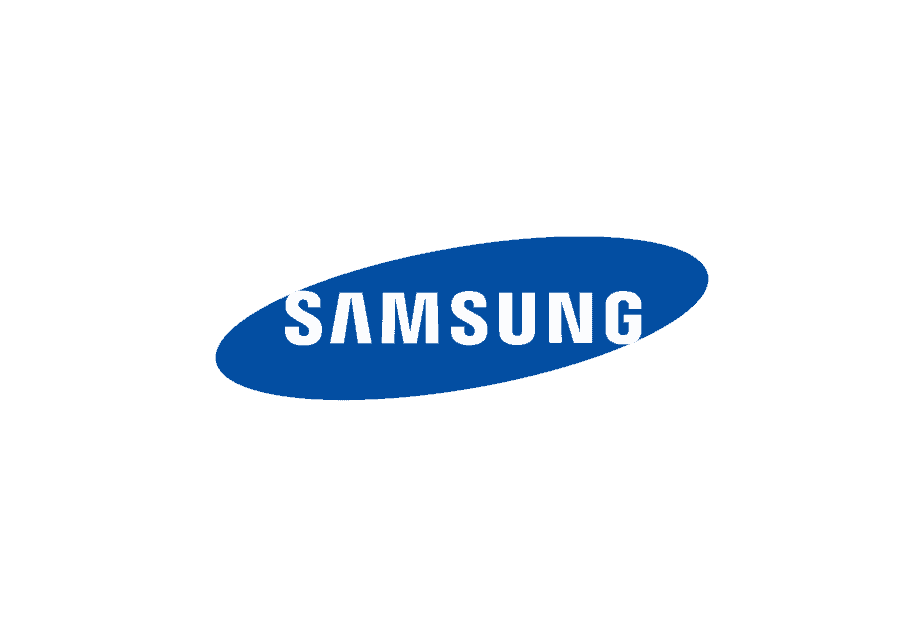
But Samsung’s approach to the market is anything but straightforward. In its quest for dominance, Samsung has carved out a unique role where it competes not only with the likes of Apple and Google but with its own products across various categories. Let’s dive into how Samsung’s “compete-with-yourself” strategy has made it one of the most resilient and profitable tech giants in the world. 📈💼
📜 Table of Contents
- A Tale of Vertical Integration: How Samsung Stays Ahead of the Curve
- The Dual Branding Strategy: Samsung vs. Samsung
- Partners or Competitors? The Samsung Collaboration Conundrum
- Relentless R&D: Innovating to Outdo…Samsung
- The Empire of Subsidiaries: Samsung’s Expansive Family
- Pricing and Marketing Mastery: Samsung’s Secret Weapons
- Conclusion: Samsung, The Brand That Outdoes Itself
1. 🏭 A Tale of Vertical Integration: How Samsung Stays Ahead of the Curve
To understand Samsung’s unique position, let’s start with its vertical integration strategy. Imagine building every single part of the car you’re selling—from the engine to the wheels and even the fuel it runs on. That’s what Samsung does, only in the tech world. Samsung makes its own components, and those components power not only its products but also many of its rivals’—turning competitors into customers.
Samsung is vertically integrated in the following ways:
- Display Technology: Samsung Display produces cutting-edge OLED panels, powering not only Samsung’s Galaxy line but also Apple’s iPhone. Yes, you read that right: Apple’s famous OLED screens are largely Samsung-made. Samsung’s display tech has set the industry standard, creating a world where Samsung profits from competitors’ success.
- Semiconductors: Samsung Electronics is a global leader in chip production. The Exynos processor powers Samsung devices, but its memory chips and storage solutions are also sold to other tech giants, including Google, Sony, and Huawei. This not only brings in revenue but cements Samsung’s position as a critical supplier in the tech ecosystem.
- Battery Production: Through Samsung SDI, Samsung produces batteries for its own products, but these also end up in devices from Tesla to Apple. When it comes to providing the literal energy for tech products worldwide, Samsung has everyone plugged in.
🔍 The Impact: This integration means Samsung controls both the supply and demand for its components. It’s a well-designed cycle—Samsung supplies parts to its competitors, who then face Samsung’s products in the marketplace, with Samsung profiting on both ends. In essence, Samsung has turned its rivals into revenue streams.
2. 💼 The Dual Branding Strategy: Samsung vs. Samsung
In Samsung’s vast portfolio, there’s a product for nearly every type of consumer, creating an interesting dynamic where Samsung devices are often competing with…Samsung devices.
- Galaxy S and Z Series: The Galaxy S and Galaxy Z (foldable) series are Samsung’s flagship smartphones, taking on premium competitors like Apple’s iPhone and Google’s Pixel. Packed with the latest features and cutting-edge designs, these models cater to consumers seeking top-of-the-line technology.
- Galaxy A and M Series: Samsung’s Galaxy A and Galaxy M series target budget-conscious consumers, especially in emerging markets like India, Brazil, and Southeast Asia. These phones are designed to compete directly with brands like Xiaomi, Oppo, and Realme, offering solid specs at affordable prices.
- Customized for Every Market: Samsung even tailors its models depending on the region. For example, the Galaxy phones in Europe might use an Exynos processor, while the same models in the U.S. come with a Qualcomm Snapdragon chip. Samsung adapts to local demand and preferences, allowing it to optimize profits by understanding each market’s unique needs.
🔍 The Impact: This segmentation allows Samsung to cover the entire market spectrum, creating its own competition within each segment. Consumers may choose between a Galaxy S or a Galaxy A, but either way, they’re choosing Samsung. In its quest to capture every consumer type, Samsung’s main competition often ends up being itself.
3. 🤝 Partners or Competitors? The Samsung Collaboration Conundrum
In the business world, Samsung walks a fine line between competition and collaboration. Many of Samsung’s biggest competitors are also its biggest clients, creating an unusual yet highly lucrative relationship.
- Apple and OLED Displays: The rivalry between Apple and Samsung is legendary, but behind the scenes, Apple depends on Samsung for its iPhone OLED screens. Samsung is Apple’s primary supplier, meaning every new iPhone sale also boosts Samsung’s revenue.
- Google and Android OS: Samsung’s Galaxy devices run on Android, the world’s most popular mobile operating system developed by Google. While Google’s own Pixel devices directly compete with Galaxy models, the Android ecosystem allows Samsung to profit from Google’s success.
- Chinese Brands (Xiaomi, Oppo): Samsung supplies display panels and semiconductor chips to Xiaomi, Oppo, and other Chinese brands that compete with Samsung in emerging markets. By ensuring its technology is essential to these competitors, Samsung stays influential in the global smartphone market.
🔍 The Impact: This collaboration-with-competitors strategy means Samsung profits from both the success of its rivals and the success of its own devices. Samsung has mastered the art of “coopetition,” where it collaborates to compete, blurring the lines between ally and rival.
4. 🔬 Relentless R&D: Innovating to Outdo…Samsung
Samsung has built an empire on relentless innovation, investing billions into research and development (R&D) every year. The R&D machine churns out cutting-edge technology that Samsung doesn’t just keep for itself—it often shares it with competitors.
- Memory and Storage Tech: Samsung is a global leader in DRAM and NAND memory technology, used in everything from PCs to smartphones. Samsung’s innovations have set industry standards, ensuring it benefits from the success of competitors using its memory chips.
- Exynos Processors: While Samsung’s Exynos processors power its devices in select markets, the company has also begun licensing these chips to other smartphone manufacturers. It’s another way Samsung embeds its technology in competitors’ products.
- Displays and Foldables: Samsung led the development of foldable displays, allowing it to introduce the Galaxy Z Fold and Flip. Other brands have tried to keep up, but Samsung’s early innovation has given it a clear lead in this area, helping it shape the future of smartphone design.
🔍 The Impact: Through constant R&D, Samsung not only stays ahead of the curve but also steers the technology landscape. This relentless innovation makes Samsung indispensable to the tech ecosystem and ensures that even its competitors rely on Samsung’s tech prowess.
5. 🏢 The Empire of Subsidiaries: Samsung’s Expansive Family
Samsung Group is much more than just consumer electronics. It’s a conglomerate with subsidiaries that span industries from insurance to shipbuilding. Here’s a look at some of its key subsidiaries:
- Samsung Electronics: The core of Samsung’s consumer tech and the powerhouse behind smartphones, TVs, home appliances, and semiconductors.
- Samsung Display: A world leader in screen technology, producing OLED and LCD panels for Samsung and its rivals.
- Samsung SDI: A battery and renewable energy technology provider, creating batteries for Samsung products and other major brands.
- Samsung Electro-Mechanics: Specializes in components like circuit boards and camera modules, essential for many tech devices.
- Samsung C&T: Active in construction and trading, Samsung C&T has worked on major projects like the Burj Khalifa and Petronas Towers.
- Samsung Life Insurance and Samsung Fire & Marine Insurance: Offer comprehensive insurance services, especially popular in South Korea.
Notable Acquisitions
- Harman International (JBL): Samsung acquired Harman for $8 billion to enter the connected car market and expand its audio portfolio. Now, JBL and other Harman brands strengthen Samsung’s reach in the automotive and audio segments.
- SmartThings: A move into the Internet of Things (IoT), SmartThings enhances Samsung’s smart home ecosystem.
- LoopPay: Samsung acquired LoopPay to create Samsung Pay, directly challenging Apple Pay and Google Wallet in mobile payments.
🔍 The Impact: Through this family of companies, Samsung has diversified into industries beyond technology, from audio systems to construction. Samsung’s subsidiaries extend its reach across industries, making it one of the most integrated conglomerates in the world.
6. 💸 Pricing and Marketing Mastery: Samsung’s Secret Weapons
Samsung’s pricing and marketing strategies are equally pivotal to its success:
- Targeted Discounts and Trade-In Offers: Samsung offers trade-ins, discounts, and pre-order incentives to make its products accessible to a broader audience and compete with other premium brands.
- Geographic Customization: Samsung customizes features and pricing based on each region’s economic conditions. This helps Samsung stay competitive in every market, from the U.S. to India.
- Cross-Promotion with Subsidiaries: Samsung uses its subsidiaries to cross-promote products, like Samsung Galaxy devices paired with JBL audio bundles.
🔮 Conclusion: Samsung, The Brand That Outdoes Itself
Samsung’s empire is a finely tuned machine built on relentless innovation, vertical integration, and a brilliant “compete-with-yourself” strategy. By diversifying its products, collaborating with competitors, and relying on an expansive network of subsidiaries, Samsung has established itself as a brand that’s practically unbeatable—even by its competitors.
In an era where tech giants battle for supremacy, Samsung has taken an unconventional route, turning competitors into customers and even challenging itself across various segments. In the world of tech, Samsung doesn’t just dominate—it dominates itself. 🌐✨



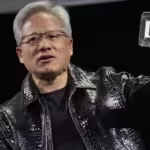








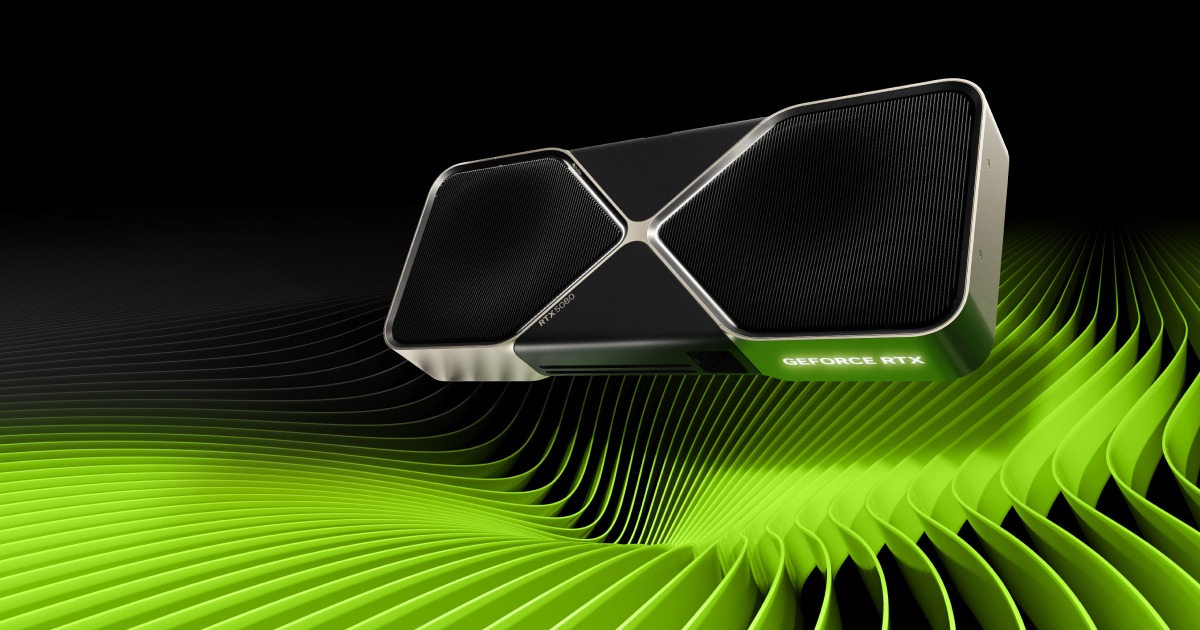




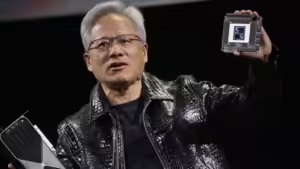





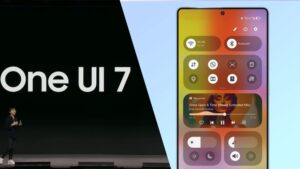
Post Comment